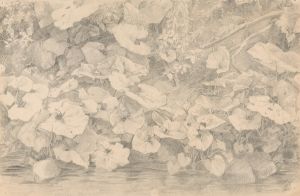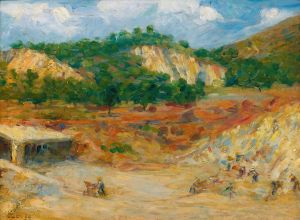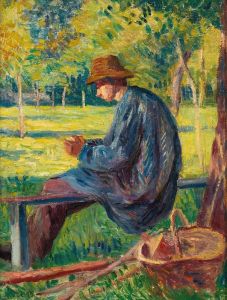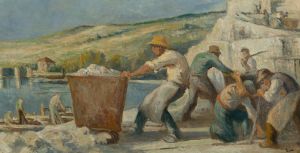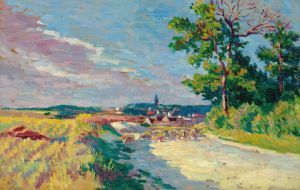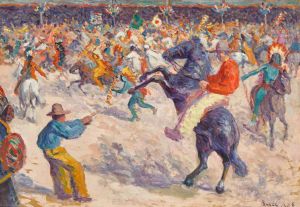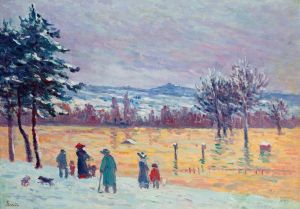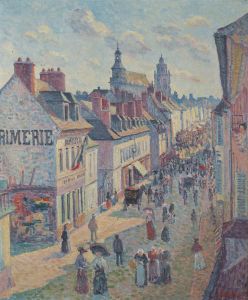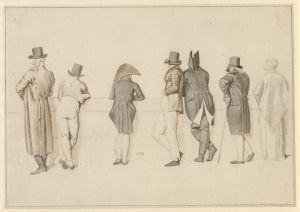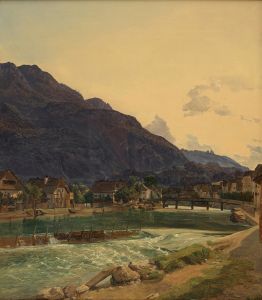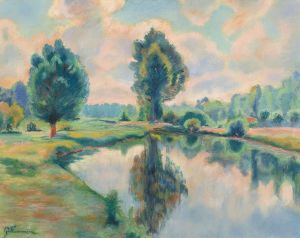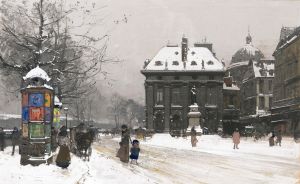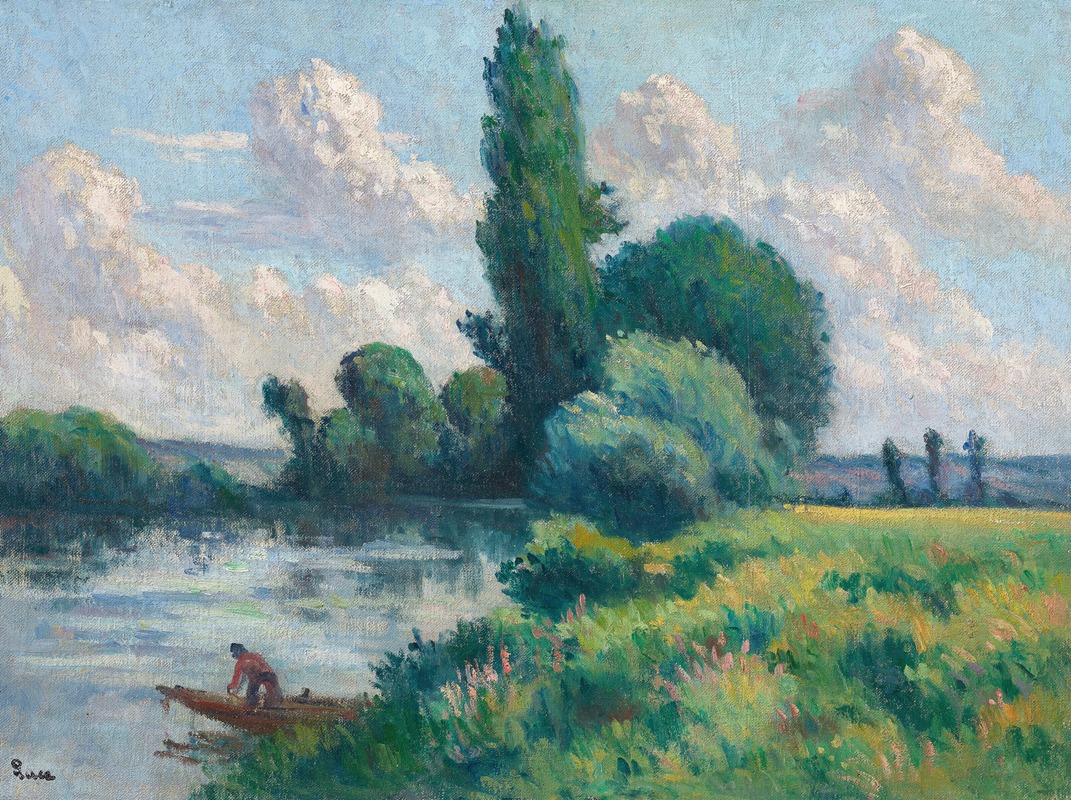
Rolleboise, Le petit bras de Seine
A hand-painted replica of Maximilien Luce’s masterpiece Rolleboise, Le petit bras de Seine, meticulously crafted by professional artists to capture the true essence of the original. Each piece is created with museum-quality canvas and rare mineral pigments, carefully painted by experienced artists with delicate brushstrokes and rich, layered colors to perfectly recreate the texture of the original artwork. Unlike machine-printed reproductions, this hand-painted version brings the painting to life, infused with the artist’s emotions and skill in every stroke. Whether for personal collection or home decoration, it instantly elevates the artistic atmosphere of any space.
Maximilien Luce was a prominent French Neo-Impressionist artist known for his paintings, illustrations, and engravings. Born in Paris in 1858, Luce was initially trained as an engraver before transitioning to painting. He became associated with the Neo-Impressionist movement, which was characterized by the use of pointillism—a technique involving the application of small, distinct dots of color to form an image. This movement was pioneered by Georges Seurat and Paul Signac, and Luce became one of its notable practitioners.
"Rolleboise, Le petit bras de Seine" is one of Luce's works that exemplifies his mastery of the Neo-Impressionist style. The painting depicts a serene scene along the Seine River, specifically focusing on a smaller branch of the river near the village of Rolleboise. This village is located in the Île-de-France region, not far from Paris, and has historically been a picturesque locale that attracted many artists seeking inspiration from its natural beauty.
In this painting, Luce captures the tranquil essence of the Seine with meticulous attention to light and color. The use of pointillism allows him to explore the interplay of light on water, a common theme in his work. The small, precise brushstrokes create a shimmering effect that conveys the movement and reflection of light on the river's surface. This technique also enables the viewer to experience the scene with a sense of immediacy and vibrancy, as the colors blend optically when viewed from a distance.
Luce's choice of subject matter reflects his interest in everyday scenes and landscapes, which he often depicted with a sense of calm and harmony. The painting likely dates from a period when Luce was particularly focused on capturing the natural beauty of the French countryside, a theme that recurred throughout his career. His works from this period are noted for their peaceful compositions and the way they convey the quietude of rural life.
The painting "Rolleboise, Le petit bras de Seine" is a testament to Luce's skill in capturing the subtleties of light and atmosphere. It also highlights his commitment to the Neo-Impressionist technique, which he adapted to suit his own artistic vision. Luce's works are celebrated for their ability to convey emotion through color and composition, and this painting is no exception.
Maximilien Luce's contributions to the Neo-Impressionist movement have been recognized as significant, and his works continue to be studied and admired for their technical proficiency and aesthetic appeal. "Rolleboise, Le petit bras de Seine" remains an important piece within his oeuvre, illustrating his dedication to capturing the beauty of the natural world through the innovative use of color and light.





![General view of Esouan [sic] and the Island of Elephantine.](/imgs/217488/s/david-roberts-general-view-of-esouan-sic-and-the-island-of-elephantine-f2e67a35.jpg)
